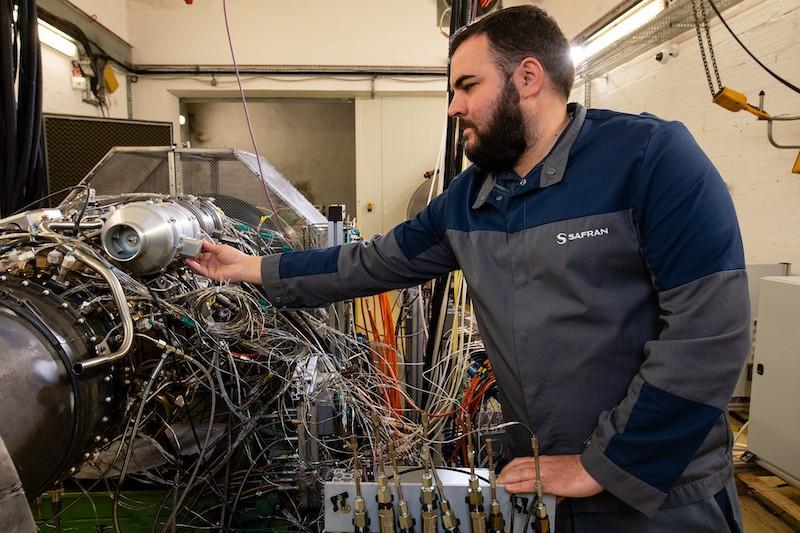
Credit: Safran Helicopter Engines
LE BOURGET—Engineers at Safran Helicopter Engines have validated the so-called eco-mode hybrid propulsion system destined for Airbus’ rapid and cost-effective rotorcraft (Racer) high-speed helicopter demonstrator. The eco-mode, designed for twin-engine helicopters, enables one of Racer’s two Safran...
Subscription Required
Safran Helicopter Engines Advances Fuel-Saving Helicopter Eco-Mode is published in The Weekly of Business Aviation, an Aviation Week Intelligence Network (AWIN) Market Briefing and is included with your AWIN membership.
Already a member of AWIN or subscribe to The Weekly of Business Aviation through your company? Login with your existing email and password.
Not a member? Learn how you can access the market intelligence and data you need to stay abreast of what's happening in the business aviation community.
